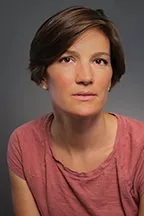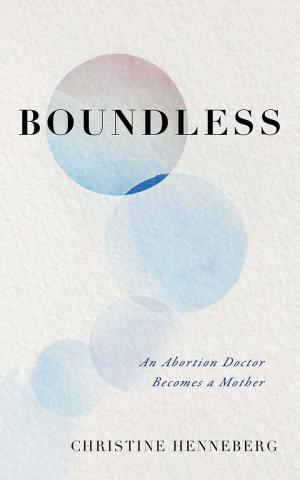"It's Your Time"
An excerpt from the forthcoming memoir "Boundless: An Abortion Doctor Becomes a Mother" by Christine Henneberg
Six weeks
I always give my prenatal patients the same advice at their first visit: “The first trimester is when the risk of miscarriage is the highest. For now, I suggest that you only talk about the pregnancy with people you could imagine talking about a miscarriage with.”
The very young ones sometimes look at me sheepishly and admit they’ve already posted it on Facebook. The older women, the ones who have miscarried before or know someone who has, are more cautious. They nod gravely. “Of course,” they say. “Of course.”
16 weeks
The truth is that a miscarriage can happen at any time. There are no promises, ever.
Now I am 16 weeks pregnant—finally beyond the first trimester and all the terror that came with it, my heart in my throat every time I pulled down my underwear, fearing I would see blood. I’m not yet showing, but I can press my hand below my navel and feel the firm top of my uterus beginning to rise up out of my pelvis. It will be another month or more before the baby’s movements are strong enough to reverberate through the thick muscular uterine wall, creating the thuds and flutters that will be the constant reassurance of the growing life inside me.
In abortion care, a 16-week fetus is not a child. But this is a child. It is my child. I am already radiating with that certainty.
Some evenings after the patients have gone home, I start to worry so much I can’t stand it. Then I close the door to my office, press the Doppler probe to my abdomen and find the heartbeat, fast and steady, a horse beating a gallop across an open plain.
30 weeks
I keep all the baby things stacked in a corner of the garage: high chair, car seat, bassinet, stroller. Hidden under a white sheet, they make a strange, mountainous form next to our bikes and Costco packs of toilet paper.
My husband went in there the other day to get a light bulb. “Isn’t that a bit much?” he said.
“What?” I said, looking up. I was reading on the couch, my feet stretched out in front of me and propped on two pillows, my book resting on my belly.
I could see him choosing his words. “I know you don’t want all the baby stuff all over the house. But ... ah … the sheet. It’s kind of morbid. It kind of looks like, you know, like somebody died.”
I shrugged, turning back to my book. “It’ll just have to look that way for now.”
In all my fear, I’ve hardly told anyone. Our parents and sisters, of course, some close friends, and some acquaintances at the lap pool (impossible to hide it there). More people are starting to notice, though. Over the past few weeks, my colleagues at work have started asking me. Even my loose scrub tops now make a conspicuous tent over my belly.
At first, I was nervous about what my abortion patients would say. But they’ve expressed only genuine happiness for me, even in the midst of their own difficult decisions. “Girl, you are going to love that baby,” one mother of three said to me before her procedure. Another woman, nineteen years old and ending her first pregnancy, smiled at me through her tears. “It’s your time,” she said.
Christine Henneberg is a 2007 graduate of Bryn Mawr’s Postbac Program. She is a physician practicing womens’ health care in the Bay Area. Her writing on abortion and medical ethics has appeared in the New York Times, the New York Review of Books, Slate, and HuffPost. Boundless
is her first book.
Published on: 08/08/2022

